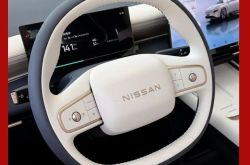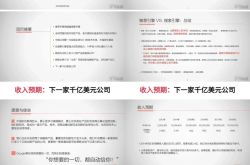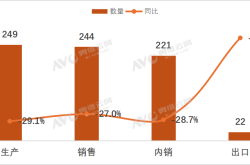iPhone 17 Flies Off the Shelves, Yet Apple's Hidden Crises Loom Large
![]() 10/23 2025
10/23 2025
![]() 488
488
On the evening of October 20, Apple's stock price soared to an all-time high, with its total market value skyrocketing to $3.89 trillion, surpassing Microsoft to claim the title of the second-largest company in the United States by market capitalization. Apple's performance once again dealt a blow to those who had been skeptical about the iPhone 17 series.
On September 10, Apple unveiled four new products at its autumn product launch event: iPhone Air, iPhone 17, iPhone 17 Pro, and iPhone 17 Pro Max.
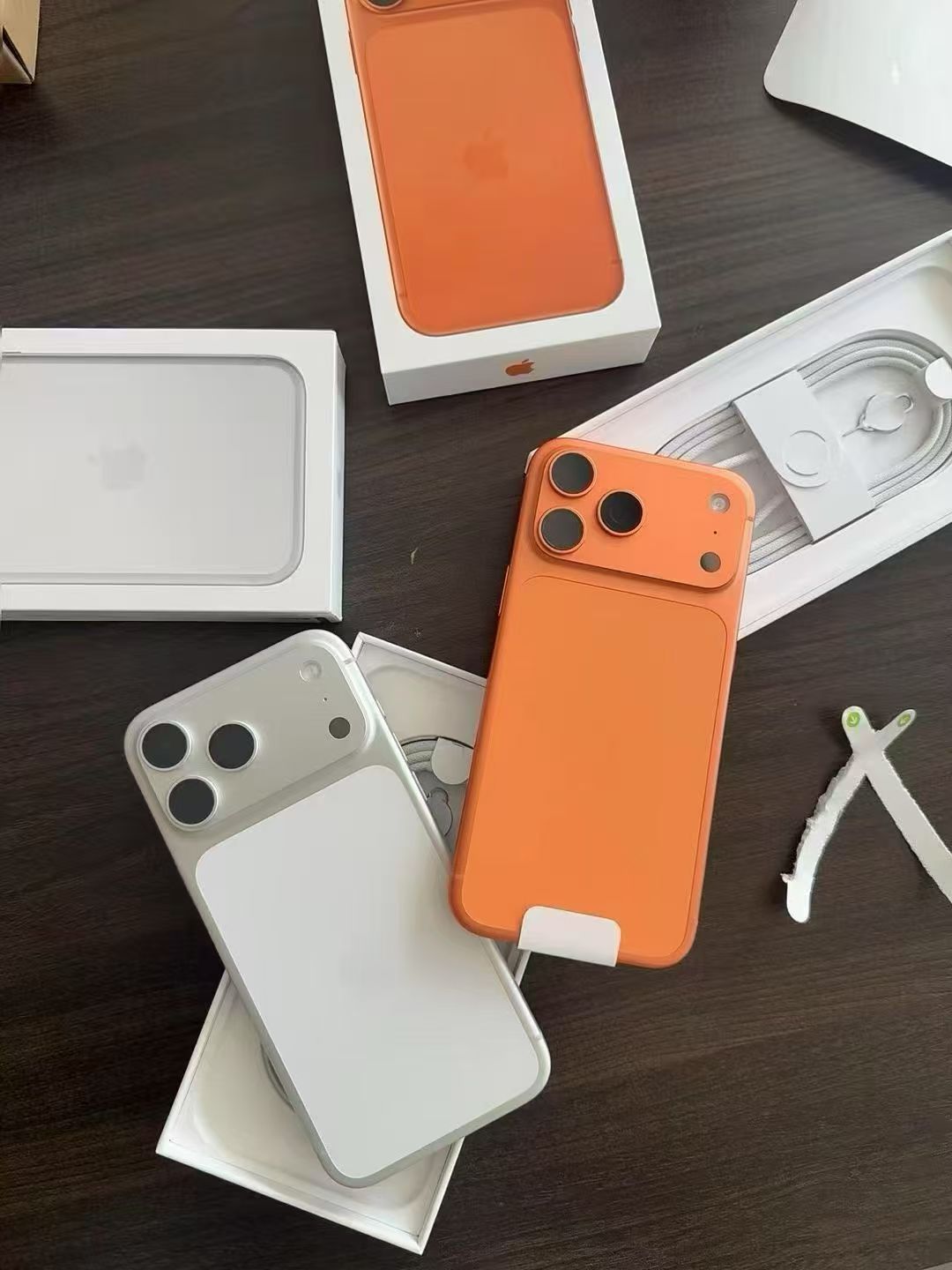
As is customary, prior to the release of the new phones, a plethora of information was leaked. Even after the unveiling, the iPhone 17 series faced a barrage of criticism, including claims of "incremental innovation," "ugly camera design," "unappealing aesthetics," and numerous reports of activation issues with the iPhone 17 and iPhone 17 Pro Max. Frequent video watchers are inevitably swayed by the negative buzz surrounding the iPhone 17 series, leading some to label buyers as naive.
In reality, the true business landscape doesn't always mirror the online narrative, as seen in previous cases involving Xibei, Li Auto, and Xiaomi Automobile. The situations depicted in short videos often bear little resemblance to actual consumer behavior. The iPhone 17's situation mirrors these precedents. Whether viral online videos sway consumers' final purchasing decisions remains a mystery.
Recently, a blogger disclosed that since its September 10 launch, nearly 4 million units of the Apple iPhone 17 series have been activated domestically as of October 12, with the iPhone 17 Pro Max exceeding 600,000 activations in a single week.
The surge in Apple's stock price on the evening of October 20 actually mirrors the true sales performance of the iPhone 17, indicating that the iPhone 17 is flying off the shelves. Why does this counterintuitive scenario unfold with the iPhone 17? Why is the iPhone 17 selling so well? Why doesn't the abundance of seemingly unfavorable information about the iPhone 17 on the internet impact the final sales of the iPhone 17 series?
The reasons are as follows:
1. The iPhone 17 faces no direct competition. In the past, rivals like Huawei and Samsung would release new phones concurrently with Apple's launches, vying for market share. However, for the iPhone 17, no clear competitors have emerged to challenge its market dominance.
Some may argue that the Xiaomi 17 Pro and Xiaomi 17 Pro Max could compete with the iPhone 17. While some users may opt for Xiaomi, the majority find it challenging to switch from Apple to Xiaomi. Other manufacturers like Vivo, OPPO, and Honor, despite offering high-end models, also struggle to lure iPhone 17 users.
Seizing users isn't as simple as "benchmarking" the iPhone 17 or employing marketing tactics. Competition must be based on product strength. Previously, Huawei's and Samsung's flagship phones were the main contenders, but now Samsung has shifted its flagship phone launch to January of the following year, focusing on foldable phones in September instead of the Galaxy S series. The Huawei Mate 80 series may not debut until November. The "absence" of Samsung and Huawei has given Apple an edge.
2. There is no viable alternative. While competitive factors offer consumers choices among manufacturers like Huawei, Samsung, and OnePlus, Apple's operating system often leaves users with no alternative. A comprehensive ecosystem encompassing phones, computers, tablets, earphones, and smartwatches makes it difficult for users to break free from Apple's grasp. Ultimately, users are left with no choice but to opt for the iPhone 17.
When users set out to buy a new phone, after exploring their options, they often find themselves returning to Apple. Thus, even amidst a sea of negative information about the iPhone 17, when alternatives are scarce, users have no choice but to choose the iPhone 17. This creates a stark contrast between "pessimists" and actual buyers.
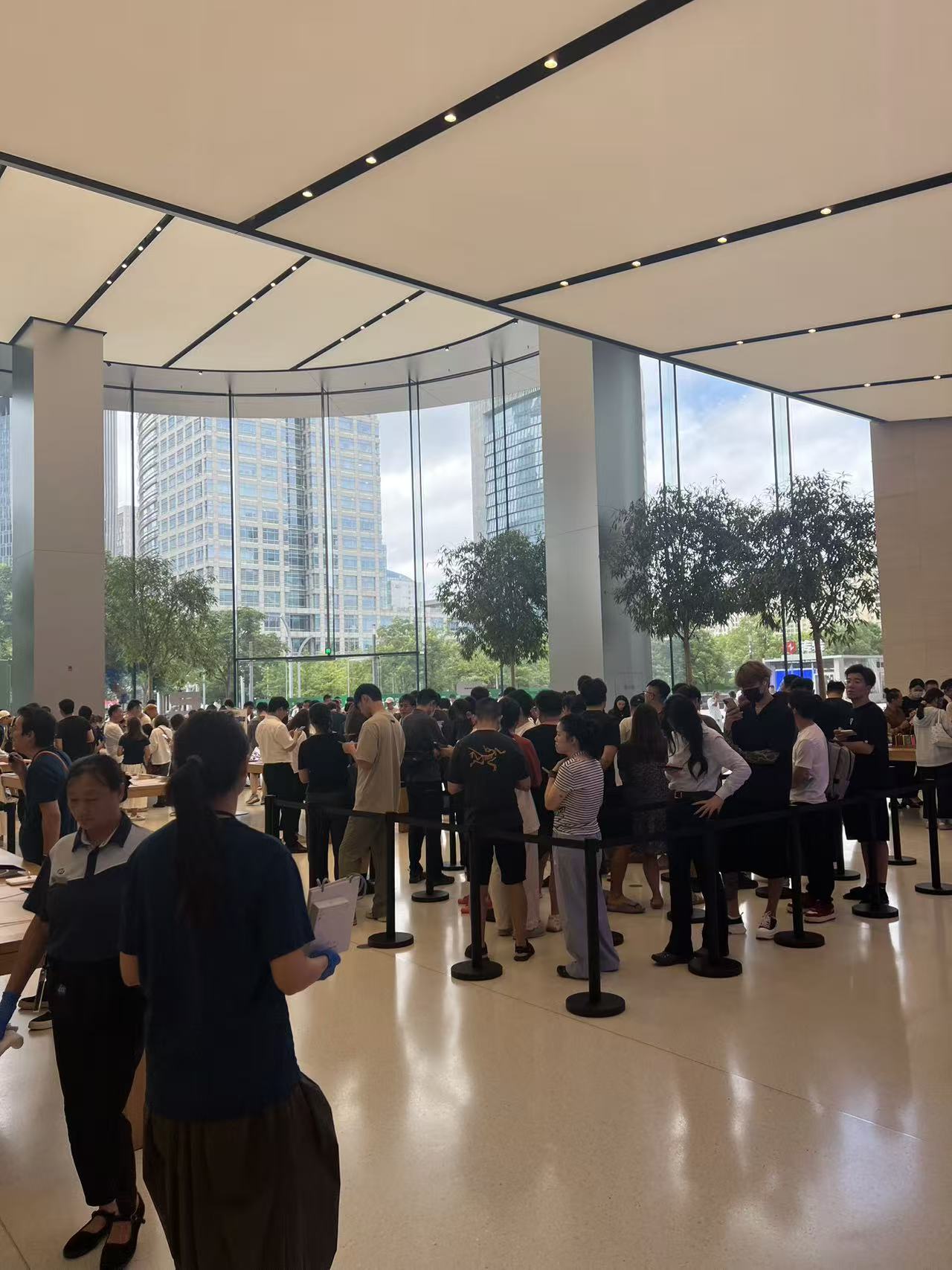
Apple's "incremental innovation" has finally paid off with the iPhone 17 generation, leading to soaring sales of the iPhone 17 series. However, behind these impressive sales figures, Apple's invisible crises persist.
Success or Failure Too Reliant on the iPhone 17
Hao Yazhou, the author of the "Management School - Thoughts and Humanities" account, in his article "An Innovative-Powerless Money Printer: Apple's Growth Potential Is Not as Good as That of Domino's Pizza and May Likely Become the Next GE," uses Apple's failed car-making venture and the corporate culture shifts caused by Cook's and Jobs' differing management styles to draw parallels between Apple's and GE's fates.
He wrote: It's not that Apple will collapse like GE. Rather, it's undergoing a similar cultural transformation, shifting from engineer-led to manager-led, from long-term vision to quarterly performance, and from creating the future to optimizing the present. This transformation may yield brilliant financial results in the short term (10 years).
If there's a stark difference between Cook's and Jobs' management styles, the disparity between their products is even more pronounced. For instance, Jobs once deemed 3.5 inches as the "golden size" for mobile phones, labeling larger screens as foolish. However, under Cook's leadership, phone screens have continued to grow. Jobs embodied a "geek" spirit and held users' expectations for Apple's product design and other aspects. Yet, all of this was overturned by Cook. In Cook's era, Apple prioritizes stability and avoiding mistakes.
For Apple today, its crisis lies in its over-reliance on the iPhone 17. Whether Apple succeeds or fails in the coming year hinges entirely on the popularity of this generation of iPhone products. Just like the iPhone 14 and iPhone 15, when products are average or fall short of expectations, market performance suffers. When the iPhone 17 slightly exceeds expectations, the company's market value hits a record high.
David Kaplan's book "The Bright Boys: From the Invention of the Transistor to the Silicon Valley" outlines two principles of Silicon Valley: "We don't do it for the money" and "We tolerate failure." A similar sentiment is echoed in "A History of Silicon Valley": Silicon Valley's success stems from its encouragement of intelligent failure.
However, Silicon Valley's culture of tolerating failure doesn't apply to Apple. Firstly, Apple's scale is enormous. If the new iPhone fails to gain market acceptance due to overly radical innovation, the losses would be catastrophic. Secondly, the culture of tolerating failure is suited for start-ups. For a mature giant like Apple, the failure of a new main product won't be easily forgiven.
In other words, the notion of "accepting failure" has become a constraint for Apple, and this constraint is precisely a result of its success. The more successful the iPhone 17 appears to be at present, the higher the risks and crises accumulated by this behemoth.
Thus, it's challenging for users to witness any particularly groundbreaking innovations from the iPhone again, akin to the original iPhone 6 and iPhone X. Apple has found it difficult to create an iPhone product that once again captivates the masses.
Hao Yazhou mentioned a detail in his article: The leader of the design team no longer reports directly to the CEO but to Chief Operating Officer Jeff Williams, a senior executive known for operational efficiency rather than product vision.
Jobs once dazzled with his design prowess. Now, Cook leverages his ultimate supply chain management skills to keep Apple afloat.
As early as 2019, manufacturers like Huawei and Samsung began launching foldable phones. There have been rumors of Apple entering the foldable phone arena, but no such products have materialized yet. The factor of "not allowing failure" also plays a role here. Apple will only venture into new territories if it's sufficiently "successful."
Fortunately, the iPhone 17 has made a splash first, but what about the next generation of iPhones? Can Apple still exceed expectations?
Growth Potential Issue
The statement that "Apple's growth potential is not as good as that of Domino's Pizza" may be an exaggeration, but it highlights Apple's crisis: the issue of growth potential.
During Jobs' era, the iPod and iPad were hugely popular and generated substantial revenue for Apple. However, under Cook's leadership, although the Apple Watch and AirPods are also successful, they lack the "geeky" charm of the iPod and iPad.
For Apple to break through in terms of growth potential, it must rely on innovative product lines rather than the iPhone product line.
In terms of innovative business lines, Apple's performance in the AI field, where almost all companies are heavily involved, is not outstanding. Apple's Vision Pro product line, launched in 2024, has also failed to gain popularity.
Since 2018, the Apple Store has gradually become a new business growth point for Apple. Now, the revenue contributed by the App Store to Apple in a single quarter exceeds $25 billion. Compared to the hardware business, the App Store business line faces two challenges:
1. The growth rate is gradually plateauing. The App Store's performance is closely tied to the number of Apple products sold. Now, the user base growth rate of products like the iPhone, Mac, iPad, and Apple Watch is slowing down, indicating that the App Store's growth rate will also soon peak.
2. The issue of the existing user base and third-party openness. Currently, some countries have started requiring Apple to open third-party app stores, meaning Apple's profit model of taking a commission from in-app purchases could disappear. Once this door is opened, the stable income system of the App Store will be directly disrupted. Additionally, the App Store heavily relies on consumption within the Apple ecosystem, and Apple can only compete for the market from its existing user base.
After the App Store, who can become Apple's new business growth point? At present, Apple has not made any attempts.
The alarming aspect of this generation of the iPhone 17 series is that the most eye-catching "iPhone Air" in the series has not been officially launched on a large scale domestically yet. Once the iPhone Air is launched, other mobile phone manufacturers will have even fewer opportunities. At this rate, Apple's stock price will continue to climb.
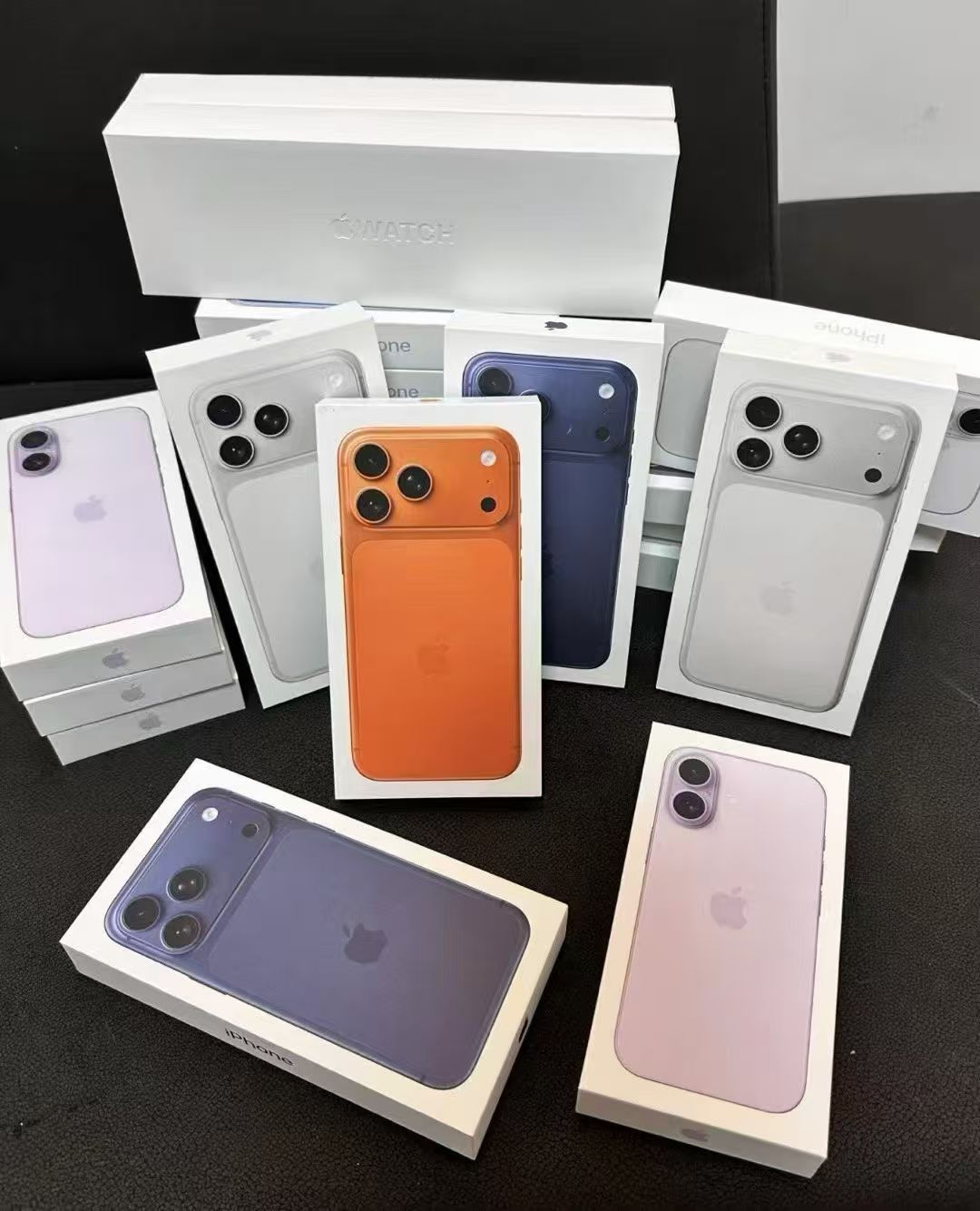
To put it bluntly, regardless of the company, success ultimately hinges on products. Products are the core. This holds true for Apple and mobile phone manufacturers like Huawei, OnePlus, Xiaomi, Vivo, OPPO, Honor, and Samsung.
By Guo Jing, WeChat Official Account: Guo Jing's Internet Circle


